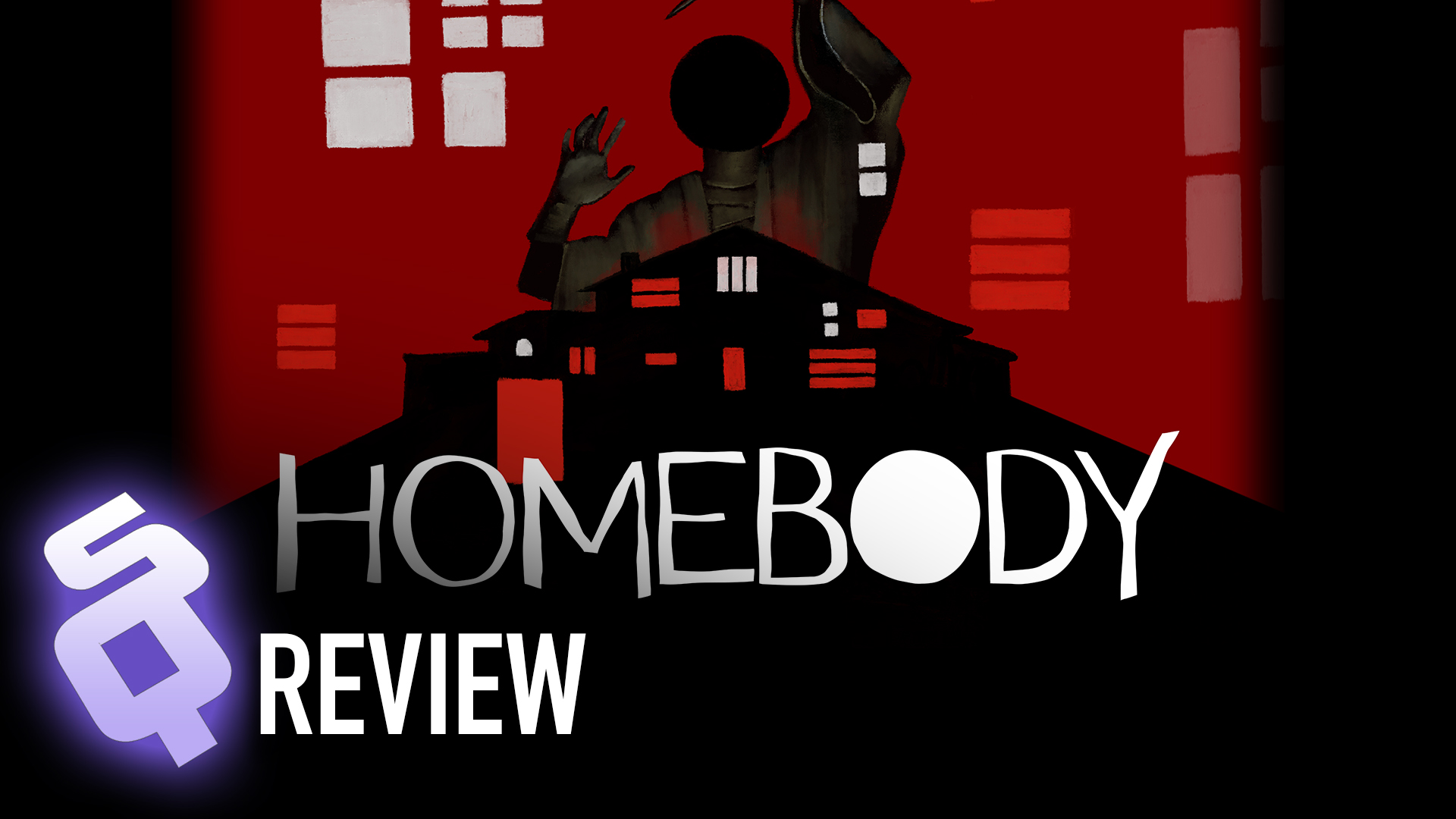Being stuck in a horror mansion was never meant to be this enjoyable
The start of Homebody sets a stark mood for the rest of the game experience: a young woman with agoraphobia is sitting in her car, panicking. She’s trying to get to her friend’s Airbnb, which is the mansion that the game takes place in, and she’s freaking out. She’s been getting hyped up by her friend that she has to go. “They want to see you. Nothing is going to happen.” Blah, blah, blah. But she sits there with herself, feeling these thoughts and emotions, unknowing of what to expect.
Eventually, yes, something does happen, but that’s maybe not the point of the game.
The game has lots of themes about friendship and anxiety, what it means to be a good friend, and what it means to be a homebody, where we’re too scared to go out because we’re too anxious to see our friends. And that sort of spirals, because if we’re too anxious to go out we don’t see our friends because we feel that they don’t like us, and then resentment builds up and those fears start to feed on themselves even more.
Homebody focuses on mental health, but does so by working through puzzle-solving and exploration in the confines of this mansion. There are terrifying moments, we can die, and then the game starts over and we’re in a loop to work through those puzzles again, albeit with a little more clarity.
We basically go around, solve these puzzles, and try to get out of the house. (And we can get out of the house pretty early on, but it actually doesn’t work.) Every time the game resets there’s usually a cut scene or there’s like something helpful happening or a hint will show itself. So if we don’t make any sort of progress with the story or the puzzles, we’ll get a little hint in the middle.
The only downside I have for this game is that the joystick controls are based on a fixed third person camera with tank controls. But if we use a mouse, we can just point and click and they’ll go to where we want them to go.
Homebody includes a lot of exposition in and around the house, in notes and books, and a very modern theme for its focal narrative that’s appreciated. Its puzzles are enjoyable, and the way that runs are woven into the game works well. It manages to execute a difficult subject in a fresh way, with a coat of nostalgia for good measure.
This review was based on a Steam code sent to SideQuesting by the publisher. It first appeared on The SideQuest LIVE on May 14, 2024. Images and video courtesy Rogue Games and Game Grumps.



No Comments